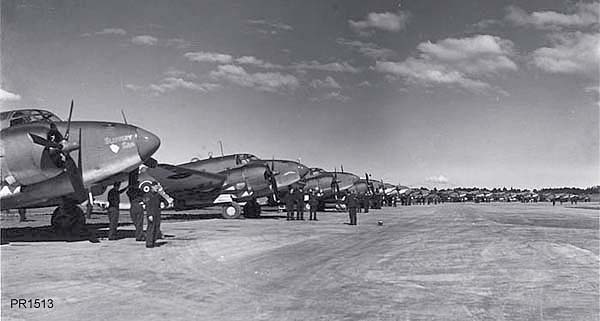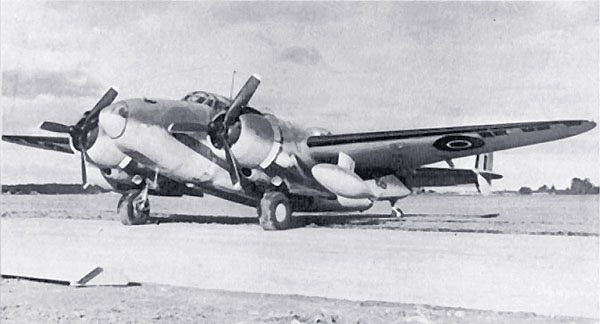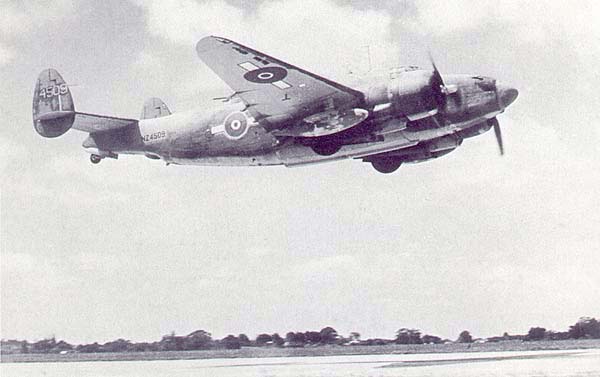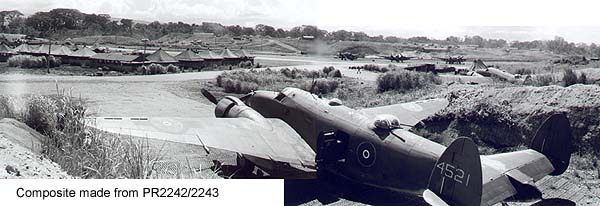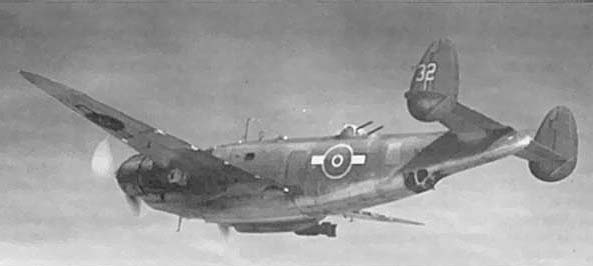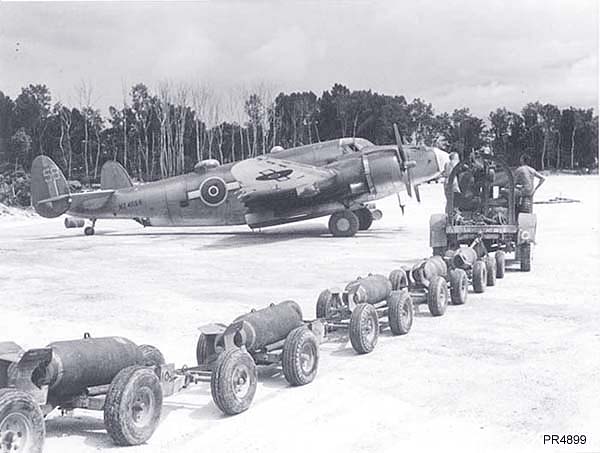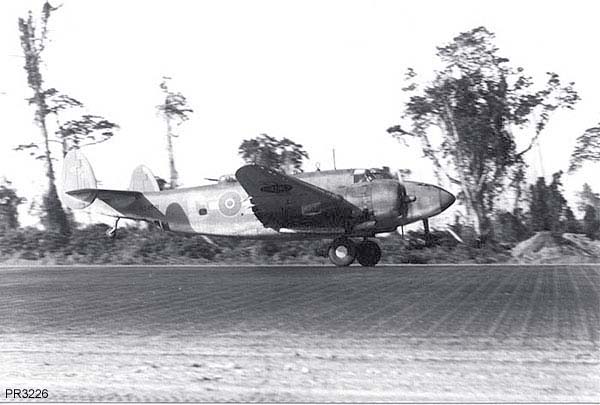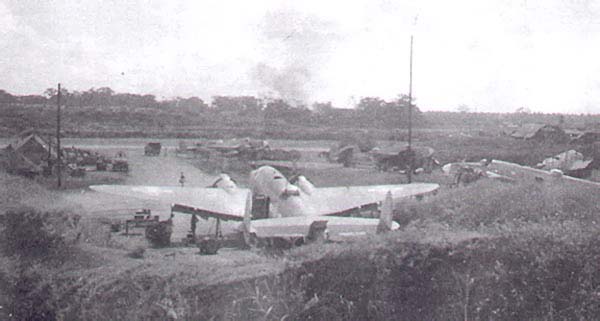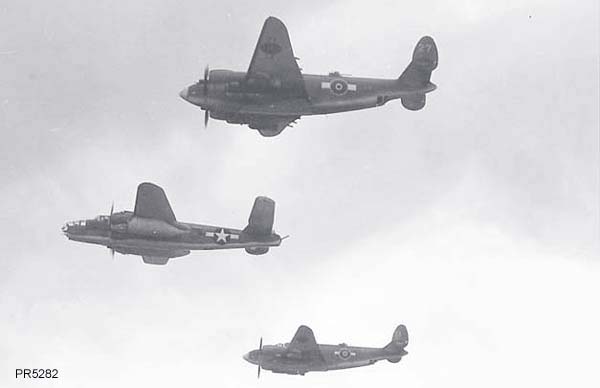|
2 (BR) Squadron
received the next batch, and soon had 18 Venturas flying from their Ohakea
base. 9 (BR) Squadron then began conversion training to the Ventura using
the RB-34s.
The first operational squadron
to head north to the war zone was No.1, arriving at Henderson Field on
Guadalcanal in late October to replace 3 (BR) Squadron and their by now
tired Hudsons. They were soon in action, completing 886 missions during
a 4-month tour. Their duties included routine patrols, minelaying, bombing
and strafing missions, survivor patrols, photo-recce, missions, and even
fighter sweeps over New Britain, New Ireland and Bougainville.
In February 1944, 2 (BR) Squadron replaced No.1 who were at the end of their tour, moving to a base at Munda, further north in the Solomon Islands, from where they flew daily patrols, and made strikes on targets on Buka and Bougainville. On the 28th of February, four
Venturas of 2 Squadron met four Japanese Zeros in what was the last shooting
contact between opposing aircraft in the Solomans/Bismark Islands area
of operations.
During this early period, due to a shortage of airframe and engine spares (both in the RNZAF and the US Navy), 10 Servicing Unit was forced to cannibilise written off aircraft to keep the remainder serviceable. As
an aside here, in the Pacific area, after mid 1943, the Squadrons consisted
almost entirely of aircrew, the aircraft being allotted to a servicing
unit tasked with providing the number of aircraft required by the Squadron
Commander.
In late May, 9 (BR) Squadron relieved No.2 and took over their duties, but from late June, began the first RNZAF Ventura strikes on Rabaul.
At this time, it was proposed
to relegate the RNZAF to garrison duties, and withdraw them from operations.
After high level talks in Washington (and due to the high regard that the
local American commanders on the spot held for the RNZAF crews) this was
modified, with only two of the units becoming garrison units for Fiji and
Guadalcanal, and two further squadrons to serve in the operational area.
One at newly liberated Green Island, and the other at Emirau.
To bring this scheme into action, a new squadron, 8 (BR) Squadron was formed at Whenuapai, and 4 (BR) Squadron, based at Fiji would re-equip with Venturas. By December 1944, 8 (BR) Squadron was at Nausori, Fiji; 2 (BR) Squadron was at Henderson Field, Guadalcanal; 1 (BR) Squadron was at Green Island, and 4 (BR) Squadron was at Emirau.
4 Squadron at Emirau flew anti-shipping
searches towards Truk, the main Japanese base in the area, to stop the
flow of supplies to Rabaul and New Ireland. Dawn and dusk patrols were
carried out, and strikes made against the coastal areas of New Ireland.
1 Squadron at Ocean Field (Nissan,
Green Island), carried out medium/low level bombing raids against both
New Ireland and Rabaul, usually in conjunction with U.S. Marine B-25 squadrons
in up to 50 aircraft strikes. Night heckling raids over Rabaul were also
carried out over this period by single aircraft.
|
